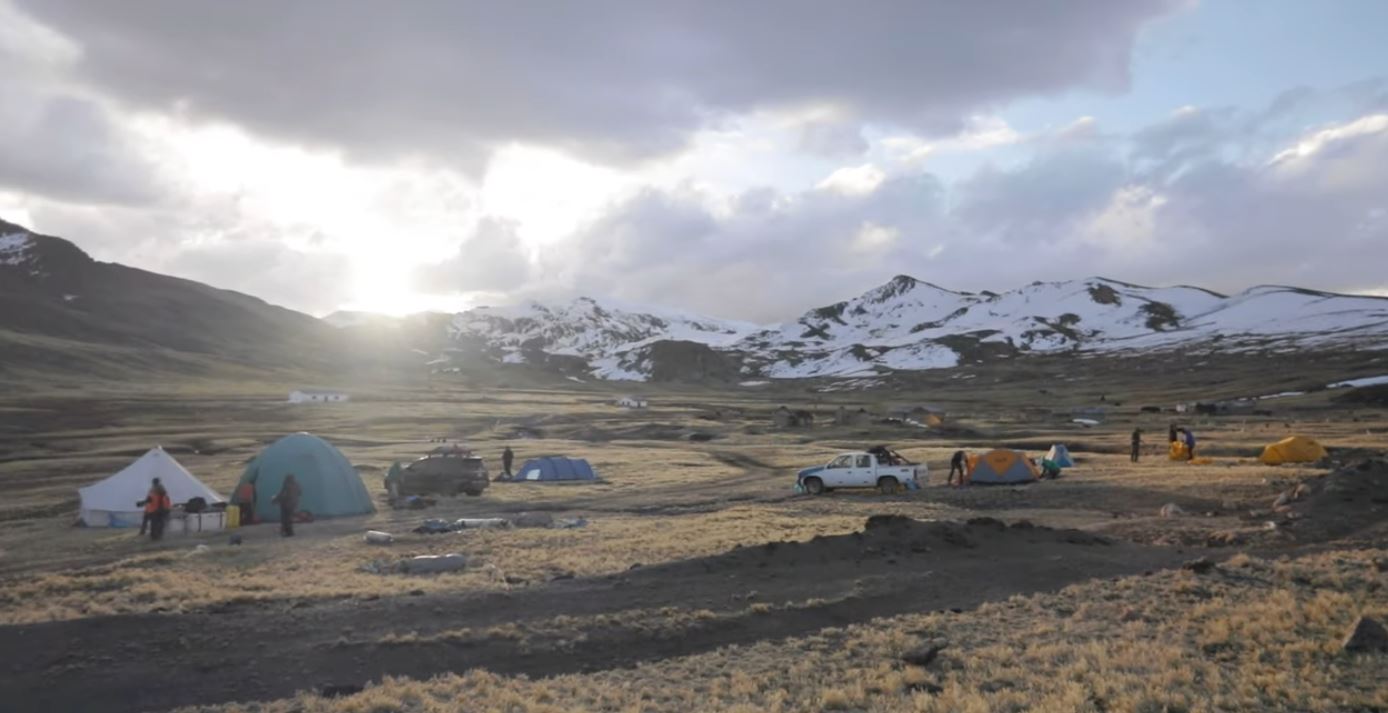
Sacred Sediments: A Climate Journey in Peru
From the Nominator
Instead of producing our typical research video about scientific results, we wanted to highlight a different kind of research story—one that demonstrates the extraordinary lengths scientists go to collect information, and ensure there’s reliable scientific data to study for generations to come.
Often science can take years to produce. Or, the work happens in spaces that can be difficult to access. So, when we learned that two of our leading female researchers—a climate scientist and an archaeologist—were embarking on a journey to one of the most remote locations of the world, we knew we had something special.
But we also knew we had an even greater challenge. How do we get “inside” this journey, and bring it to a wider audience? The answer was simple: To tell an expedition story, you have to live it. So, with support from leadership, a WashU videographer traveled 3,789 miles from St. Louis to Cusco, traversing mountainous terrain by foot to basecamp, around 16,000 ft., carrying his camera equipment on horseback. For 10 days he endured high altitude and extreme weather, conditions that make it difficult to get your breath, let alone film. Because of this effort, the resulting video showcases an even bigger story. Successful fieldwork is a highly collaborative endeavor, made possibly by interdisciplinary perspectives, and the expertise of the local communities. By bringing all of these voices into the story, not only did it exceed expectations, but delivered an honest account of the scientific process.
From the Judges
As a research video, this was impressive on a number of counts. The extremely remote location in Peru afforded the filmmakers amazing opportunities to capture not only the breathtaking landscape, but also the opportunity to get to know the people who call it home. In addition to demonstrating the difficulty of the research methods under the best of circumstances, the video explained the scientific processes involved, and the reasoning behind them. The filmmakers obviously had extensive collaboration with the scientists who are featured. The viewer is treated to the experience of working in such a remote area, and can appreciate the immense undertaking of the project. The video successfully highlights a collaborative, cross-disciplinary research project that valued the input of local communities and partners. The resulting short film celebrates women in science, while also energizing Washington University’s community around the institution’s greater academic and research goals.